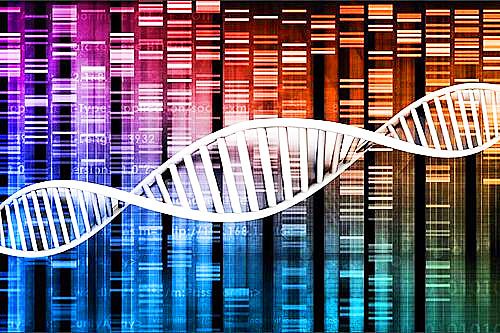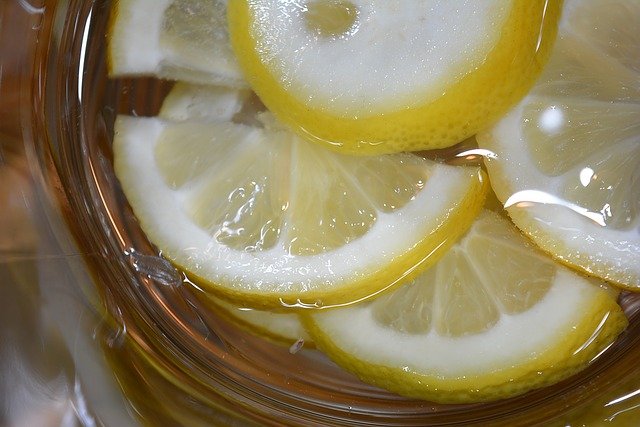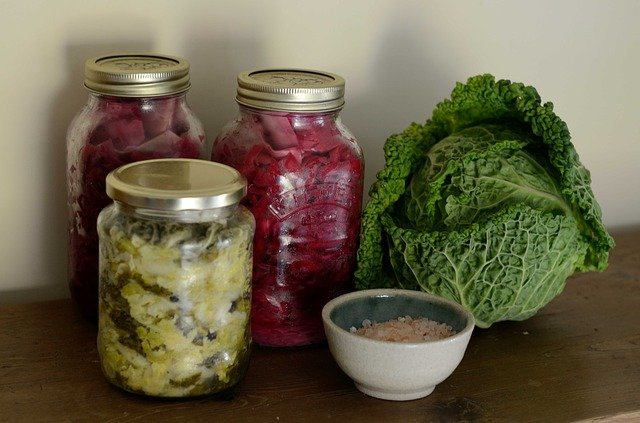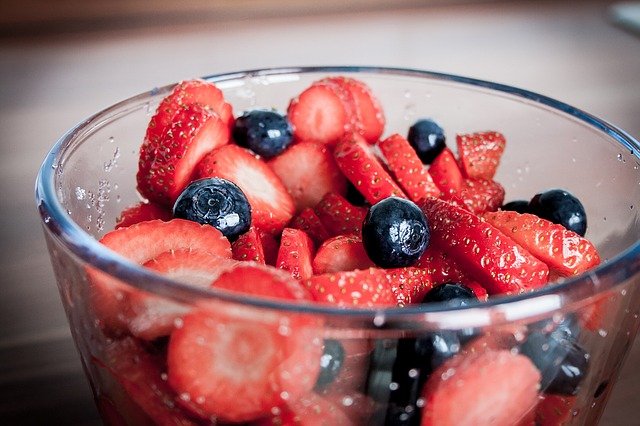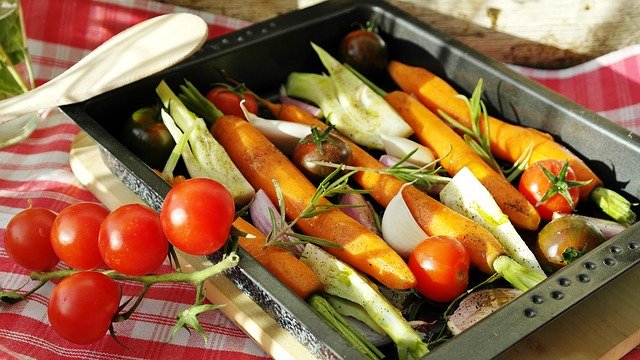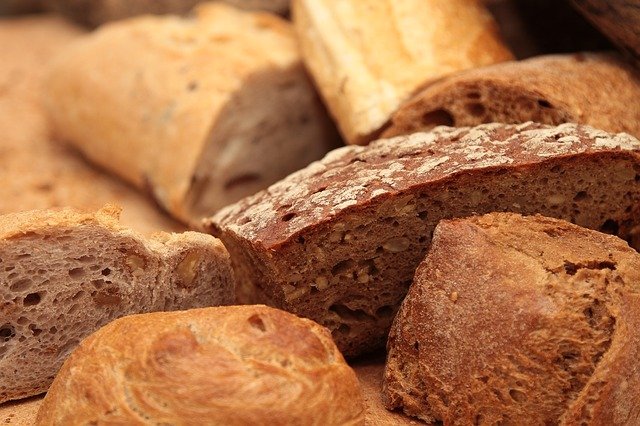As expected, I have the digestion of a Hunter Gatherer. If you have blood sugar or weight issues, you might too.
I suspect there are a lot of other people out there with similar digestive abilities. The symptoms they are likely to have would be:
• Poor carbohydrate tolerance
• Insulin Resistance / Type 2 Diabetes
• Overweight / obesity
For those of you who think you might be like me, and don’t know what to do about it, that’s going to be the main point of this post.
But first a bit of background. (For the full background, you might want to read my previous posts – DNA testing for better health and fitness ~ DNA testing for carb digestion.)
To recap, what I had tested was my AMY1 gene
This tells me how much salivary amylase I’m genetically programmed to produce. Amylase is the enzyme that breaks down starches, so is directly related to how well I can digest carbs.
The variant (or copy number variation / CNV) of this gene is usually between 1 and 12.
• CNV of 1 to 4 = Low salivary amylase production, doesn’t digest carbs well
• CNV of 5 to 6 = Low to moderate production, can digest a moderate amount
• CNV of 7 to 8 = Good production, can digest a reasonable amount
• CNV of 9 or more = Very good production, can eat carbs till the cows come home
I have a copy number (CNV) of 3. It wasn’t a surprise; I’ve been eating fairly low carb for years, decades even. So it’s good to know that’s the right way for me to eat.
But I did have a bit of a flirtation recently with eating slightly higher carbs, even with a small amount of grains, and I enjoyed it. There were some good results (better sleep) but some bad results, which I won’t go into for now.
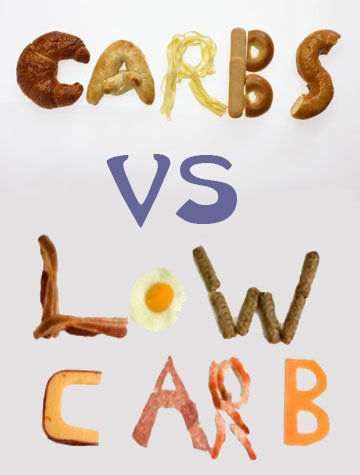
So now, I’m back on the straight and narrow, and know this is what’s best for me, for the rest of my life.
That sounds all doom and gloom, doesn’t it? But it’s really not. I have found in the past that having a 100% commitment to an eating plan is half the battle. There’s no decision to be made about whether to have a bit of the cake at Mr X’s birthday morning tea. It’s already decided.
There are some logistical difficulties sometimes, when out and about. But there are so many more options that when I went gluten free 20 years ago. Sometime it just takes a bit of planning ahead. Tonight I’m meeting friends for a pre show dinner, at a Sushi bar. But I know they have raw salmon on a bed of lettuce and carrot, shrimp cocktails, and chicken niblets, so I can eat there without having to eat rice.
Although I’m never going to have the digestion of a CN 5+, there are some things I can do to maximise my carb digestion potential.
Eating foods high in citric acid can help amylase production
Foods that might help include:
• Drinking lemon juice or apple cider vinegar in water before a meal. This helps with digestion of protein and fat as well.
• Citrus fruits - lemons and limes contain the highest levels; while oranges, grapefruits and mandarins are also beneficial.
• Other good fruits include berries, apricots, kumquat, cherries and gooseberries
• Good vegetables include artichoke (globe), Cayenne Pepper, some types of lettuce, some types of capsicum, tamarind and tomato
• The dried root of Salvia miltiorrhiza, (known as Danshen or red sage) a plant native to China and Japan
Other ways I can improve my amylase production
• Chewing really well, to make sure what amylase I produce is used to its maximum – even soups or smoothies should be “chewed”. So chew each mouthful for 25-30 seconds and practice mindful eating to slow down the rate of eating. Take a deep breath before eating, smell and savour each bite and don’t eat in front of the TV or while doing other activities
• Short term stress (eg from exercise) increases the production, but long term, chronic stress decreases it. So here’s another reason to make time for regular exercise, particularly high intensity.
• Gut Bacteria – having a well balanced gut biome can help with digestion, so fermented foods and probiotics may be helpful.
Amylase Inhibitors
Some foods can reduce salivary amylase including:
• Some herbs and spices such as cinnamon, cloves, ginger, dandelion, lemon balm, rosemary and gingko boloba
• some tea extracts – so have weaker rather than strong tea, and favour green or white over black tea.
Alcohol decreases the activity of amylase, so
• Avoid alcohol before meals
• Limit alcohol with high starch meals
Smoking decreases the activity of amylase
• Stop smoking
• Or at least avoid smoking before high starch meals
Some prescription medication are highly inhibitory, including:
• Antihistamines
• Sedatives
• Tricyclic Antidepressants
• SSRI Antidepressants
• Neuroleptics
• Parkinson Medication
• Beta blockers (decrease protein secretion)
My best carb foods
Best are low starch foods:
Veges such as :
• Leafy Greens (eg kale, beet greens, bok choy, rocket), Spinach, Herbs
• Other Salad veges: Celery, Cucumber, Bean Sprouts
• Brassicas: Brussels Sprouts, Cabbage, Chinese cabbage
• Squashes: Pumpkin, butternut
• Root veges: Swede (rutabaga), turnip, beetroot (beets)
• Other: Artichoke (globe), Asparagus, Capsicum, Eggplant, Fennel, Onions, Snow Peas
Low Starch Fruits:
• Berries - Blueberries, Cranberries, Raspberries, Strawberries
• Stone fruit - Apricot, Cherries, Peach, Plum
• Citrus - Grapefruit, Lemon, Orange
• Tropical fruits - Coconut, Kiwifruit, Mango, Passionfruit, Pineapple
• Melons - Honey dew melon,
• Avocado
Nuts & seeds:
• Coconut
• Almonds, Brazils, Macadamias, Walnuts
• Peanuts, Cashews (really legumes)
• Pine Nuts, Sesame Seeds
Second best foods
Resistant starch (amylose) can be fermented in the small intestine, which leads to some health benefits. So I will continue to eat small amounts of resistant starches.
Veges:
• Salad veges: Lettuce, Tomato, Capsium
• Brassicas: Broccoli, Cauliflower
• Root veges: Carrots, Parsnip, Radish
• Squashes: Zucchini
• Other: Leeks, Mushroom
Fruits:
• Unripe bananas
Legumes & Beans:
• Green peas, Green beans
• Black beans, Kidney Beans, Lentils
• Black eyed peas, Chick peas, Great Northern Peas
Avoid foods
These are the foods that are high in the starch known as amylopectin
Vegetables:
• Potato
• Sweet potato, kumera, yams
• Corn
Grains:
• All gluten grains – wheat, spelt, kamut, rye, barley
• All non-gluten grains and pseudo grains – oats, buckwheat, amaranth, quinoa
• This means breads, cereals, pasta are all out unless I make them myself from low starch foods
In summary
This way of eating will be similar to how I’ve eaten for a long time. I’ll be eating:
• Meats, fish, poultry
• Some dairy – butter, ghee, and a little cream, yoghurt or cheese
• Good fats
• Nuts & seeds, including coconut
• Low starch or resistant starch vegetables
• 2-3 serves of fruit a day
• Herbs, spices, other flavourings
It’s similar to both GAPS and Paleo. I just need to remember that even carbs that are allowed on those plans need to be eaten in moderation.
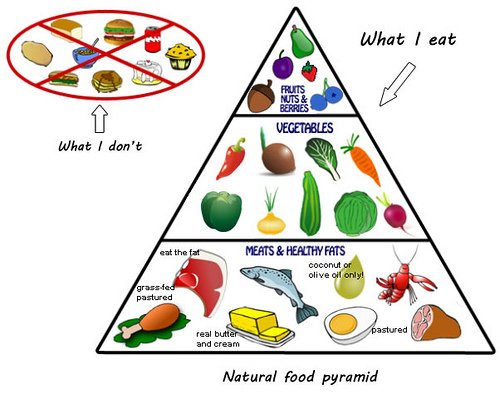
I think this first came from Mark Sisson.
Thanks for reading
Follow me for more nutrition, health, food, lifestyle and recipe posts.
My posts about the GAPS diet: Part 1 – About the gut & psychology syndrome diet. ~ Part 2 – Foods we can’t have ~ Part 3 – Foods we CAN have ~ Part 4 – What if I can’t eat some animal foods
My other nutrition posts: The wide variety of so-called healthy diets out there and what the commonality is with them all ~ The travels of Weston A Price and his discoveries of what was included in a range of healthy diets. ~ Good fats vs bad fats ~ Salicylate intolerances


